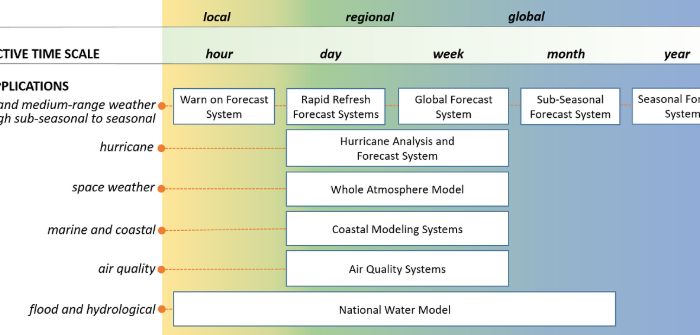NOAA is advancing numerical weather prediction by sharing the first batch of computer code behind National Weather Service models with the scientific community.
It is the first version of user-friendly code for medium-range weather prediction in an open, collaborative development environment.
The approach of collaborating across the Weather Enterprise aims to engage the community to improve models using the Unified Forecast System (UFS).
Sharing the code will enable academic and industry researchers to help NOAA accelerate the transition of research innovations into operations.
UFS code is being developed by a broad community and is openly available to the public.
Neil Jacobs, acting NOAA administrator, said, “We invite researchers and modelers around the world to download and work with the code, so together we can advance numerical weather prediction to improve life-saving forecasts and warnings.”
UFS’s success will be bolstered by NOAA’s Earth Prediction Innovation Center (EPIC), ensuring efforts are made to research and develop modeling to improve operational forecasts.
Louis Uccellini, director of NOAA’s National Weather Service, said, “We are excited about this first step to make operational model codes available to scientists and students around the world, knowing that they will help advance our unified forecast system that will provide the basis for all of our weather, water and climate forecasts.”
UFS will enable NOAA to simplify its production suite of forecasting models into a single modeling system with fewer, more comprehensive applications.
The first UFS application is the UFS Medium-Range Weather Application version 1.0 targeting predictions of global atmospheric behavior out to two weeks.
The software is available through GitHub and the release of additional applications are planned in the coming year.



